In today’s digital age, screen time makes eye care more crucial than ever.Our eyes are protected from harmful effects and our visual experience is enhanced by various types of lenses. Let’s explore some of their benefits, and the importance of maintaining eye health.

What They Do: These filter out harmful blue light emitted by digital screens.
Benefits: They reduce eye strain, minimize digital eye strain risk, and help prevent sleep disruptions from blue light exposure. Blue light filters are especially beneficial for those who spend long hours on digital devices.

These are coated to block harmful ultraviolet (UV) rays from the sun.
Benefits: Prolonged UV exposure can damage eyes, increase cataract risk, and cause other conditions. UV protecting filters safeguard your eyes from these harmful effects, making them essential for outdoor activities.

What They Do: these reduce glare from reflective surfaces like water, snow, and roads.
Benefits: Moreover, they enhance visual comfort and clarity, making them ideal for activities such as driving, fishing, and skiing, where glare can be particularly bothersome and even dangerous.”

What They Do: Also known as transition lenses, they darken when exposed to sunlight and, furthermore, lighten when indoors or in low light conditions.
Benefits: Provide convenience by eliminating the need for separate prescription sunglasses. They offer seamless protection against UV rays and adapt to changing light conditions.

What They Do: The same focal power is maintained throughout, and they are used to correct either nearsightedness or farsightedness.
Benefits: They provide clear vision for a single viewing distance, making them suitable for individuals with straightforward vision correction needs.
What They Do: Bifocals have two distinct optical powers – one for distance vision and another for near vision.
Benefits: They are often prescribed to individuals with presbyopia. Bifocals allow clear vision for both near and distant objects without the need for multiple pairs of glasses.

What They Do: Similar to bifocals, they offer multiple focal lengths, including intermediate vision, without visible lines separating the zones.
Benefits: They provide a smooth transition between different viewing distances, offering a more natural visual experience compared to bifocals.
What They Do: These encompass various designs, including trifocals (which have three focal points) and specialised lenses for specific visual needs.
Benefits: These cater to complex vision correction needs, providing clear vision at multiple distances, which is especially beneficial for those with presbyopia or other age-related vision changes.
What They Do: theyhave three different optical powers. They have an upper portion for distance vision, a lower portion for near vision, and an additional intermediate section for tasks at arm’s length, like computer use.
Benefits: Trifocals provide clear vision at multiple distances, catering to specific visual needs without the need for multiple pairs of glasses.
Prescription can also be enhanced with various coatings to improve their performance and durability:
Reduce glare and reflections, providing clearer vision and reducing eye strain.
Increase the durability of the lenses, protecting them from everyday wear and tear.
Offer additional protection against digital eye strain by filtering out harmful blue light from screens.
Maintaining eye health is crucial for overall well-being. Regular eye check-ups, proper eye protection, and the use of appropriate lenses can prevent eye strain, reduce the risk of eye diseases, and enhance your quality of life. Programs like the eye care initiatives by Focally are designed to promote eye health awareness and provide access to quality eye care services.
Investing in the right lenses and taking proactive steps to protect your eyes can significantly impact your visual health and overall comfort. Whether you're working on a computer, enjoying outdoor activities, or simply reading a book, the right one can make all the difference.
By understanding the various types of lenses and their benefits, you can make informed decisions to protect your eyes and maintain optimal vision. Remember, your eyes are a vital part of your health, and taking care of them should always be a priority.
Check Lenses for Spectunes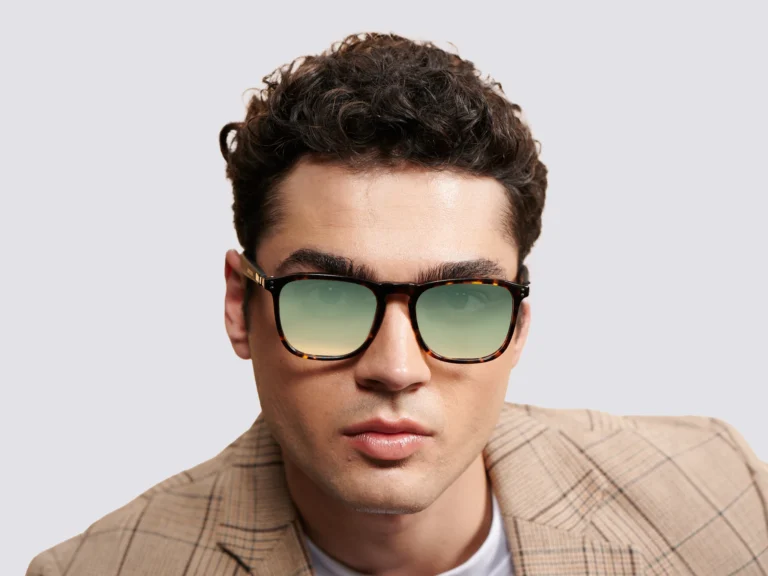
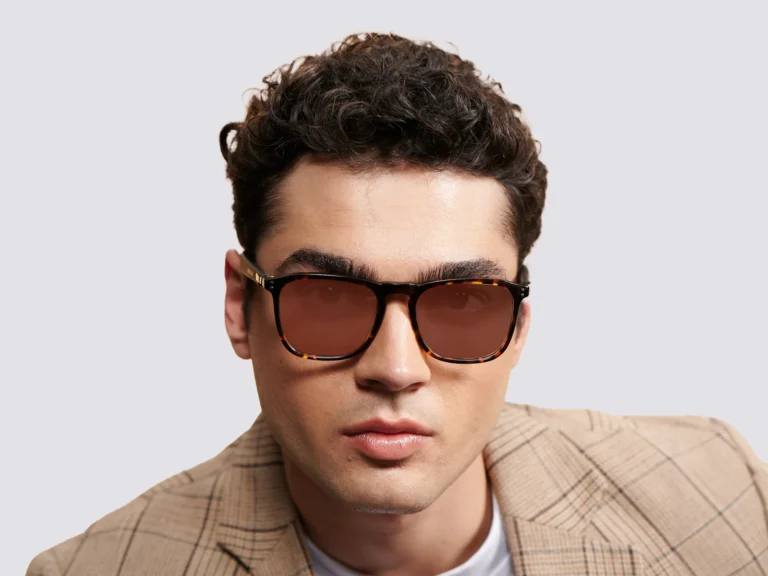
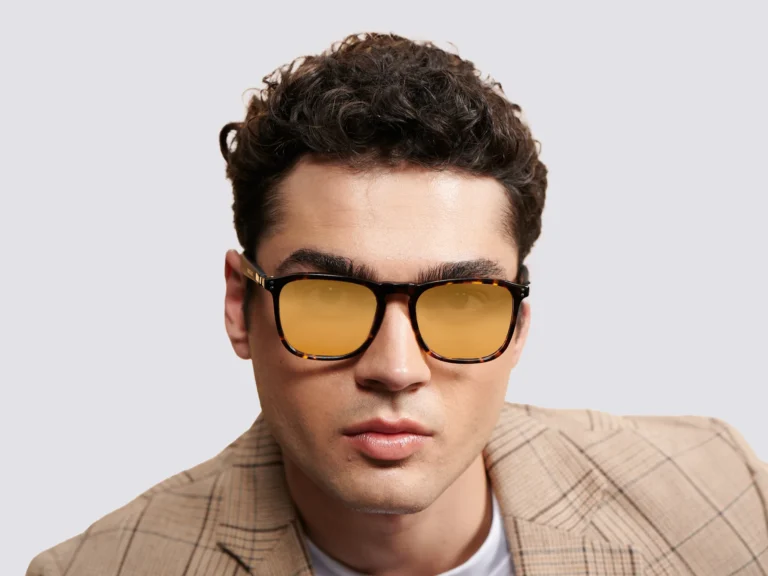
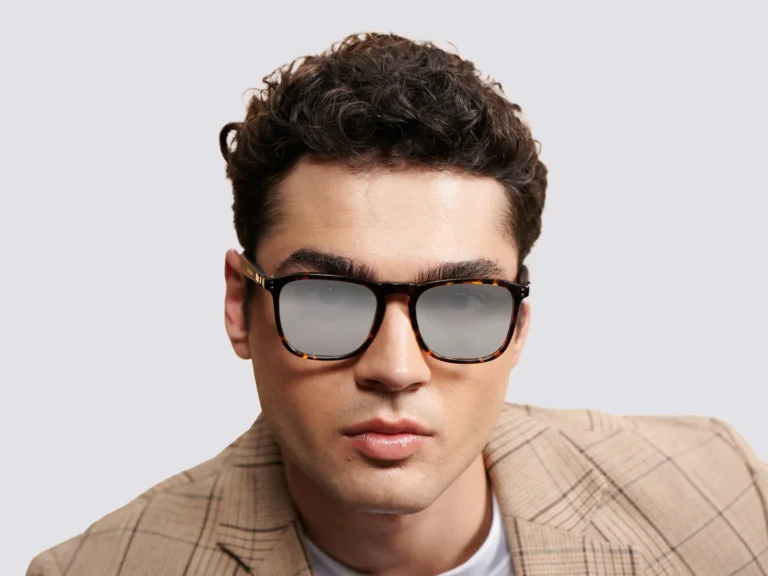
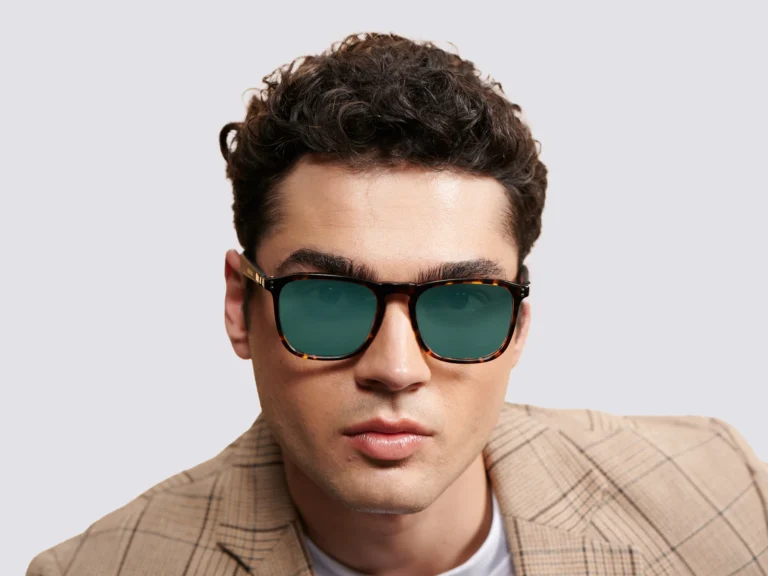
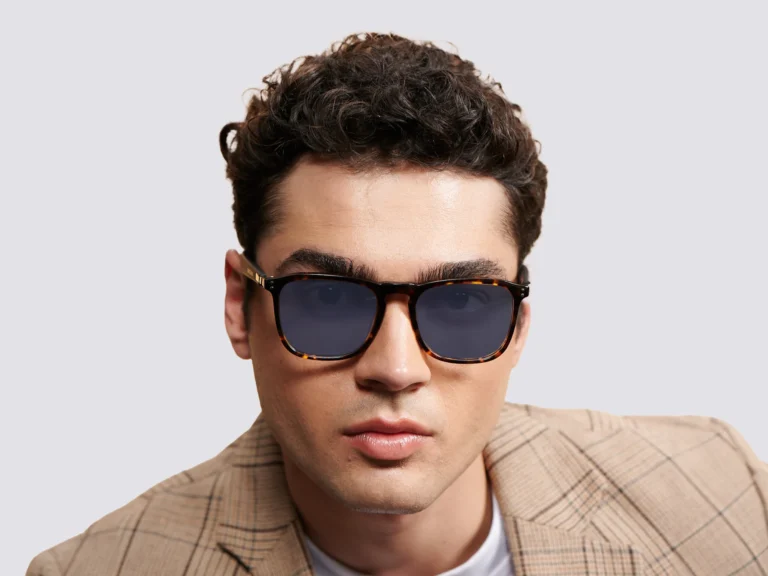
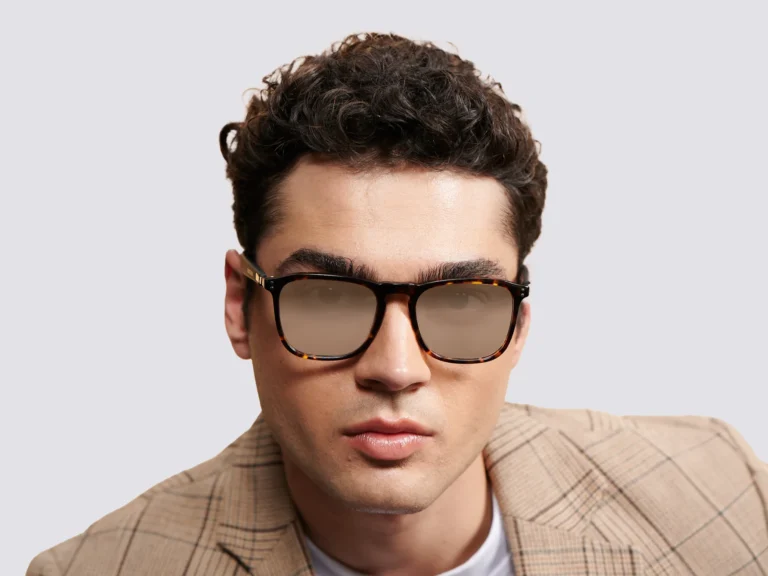
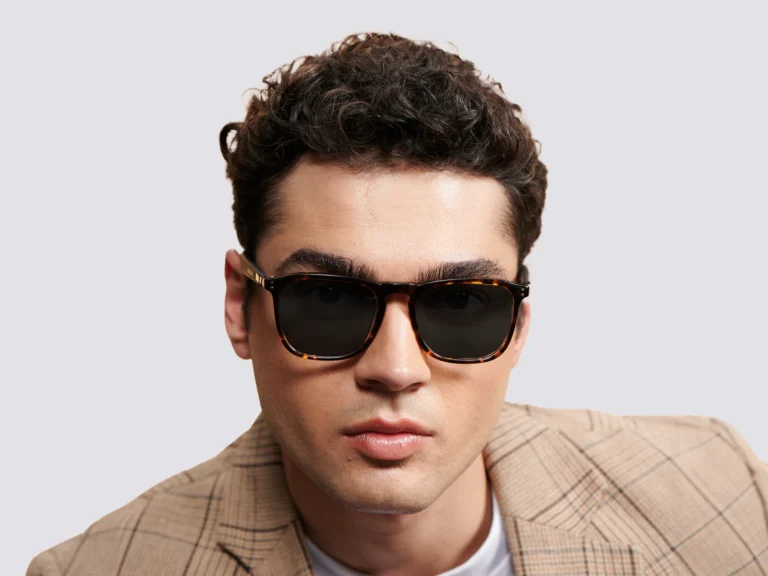
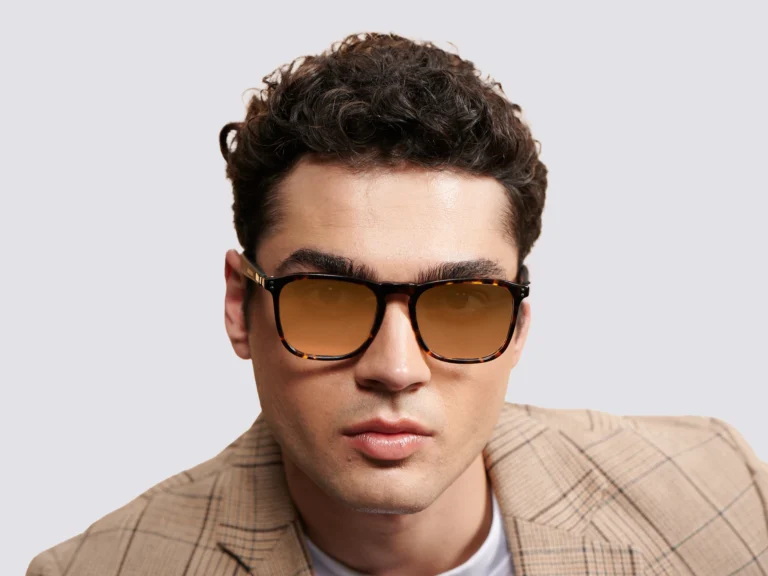
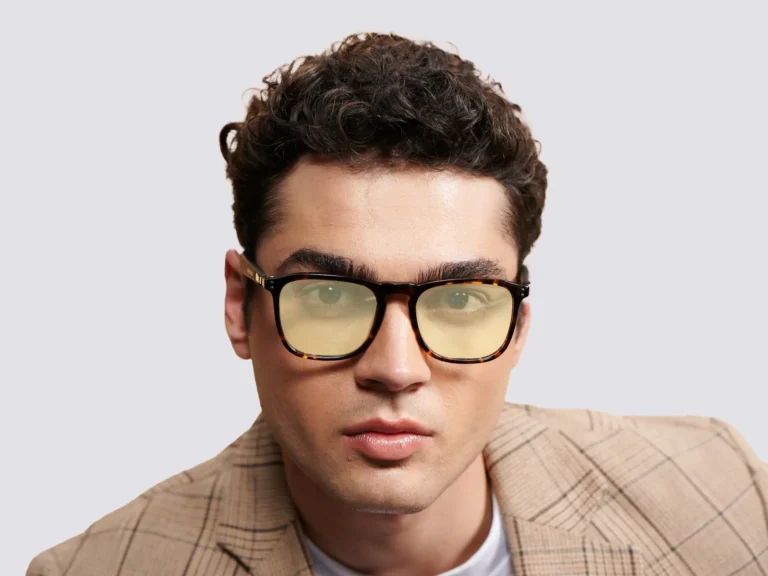
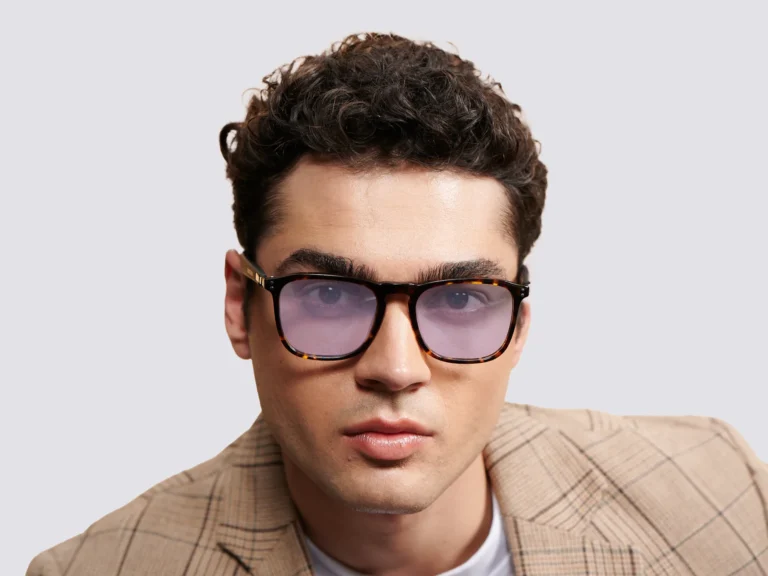

* The images shown are closer to the visual representation and the color tone may vary slightly than the images shown.

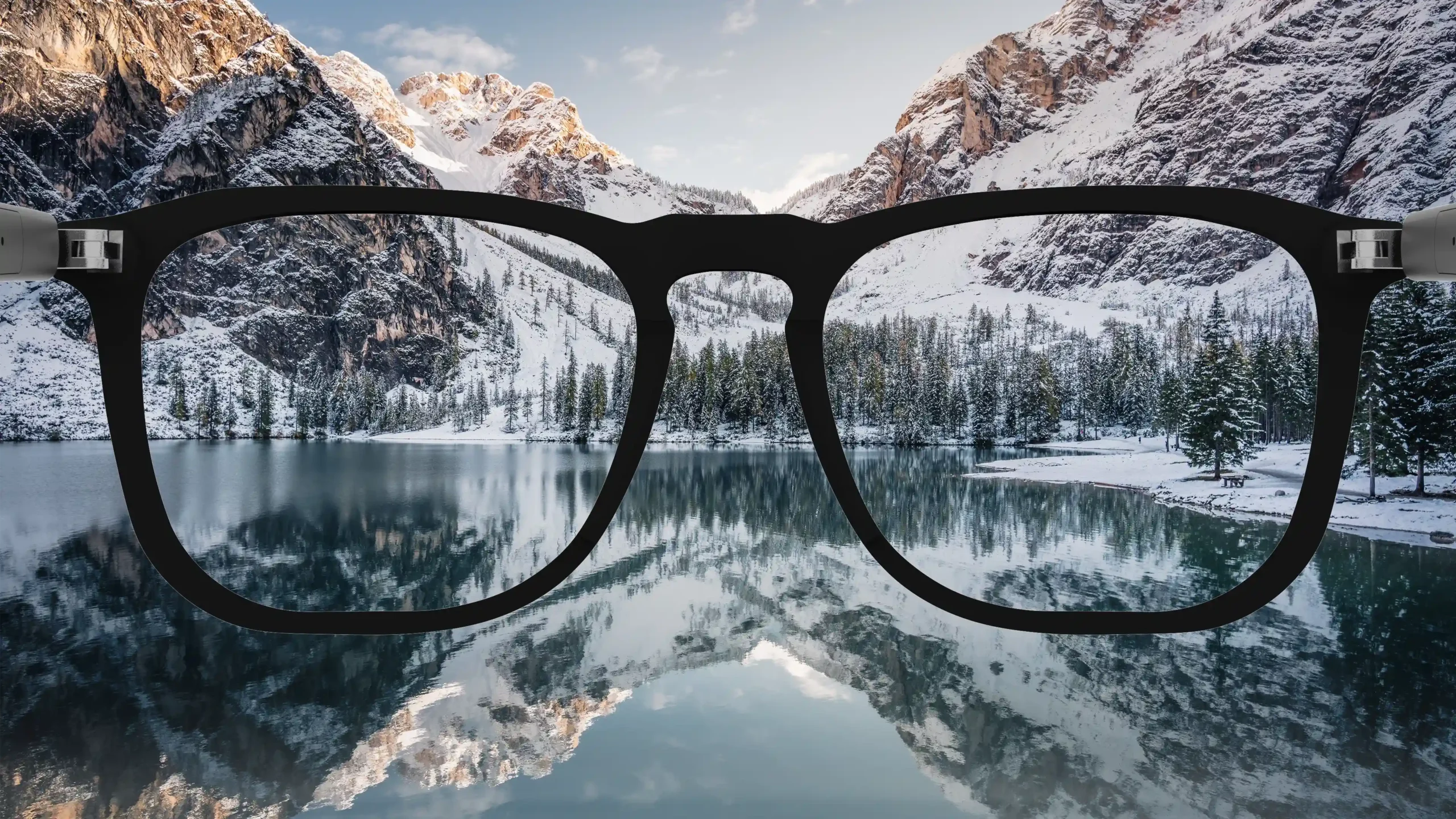
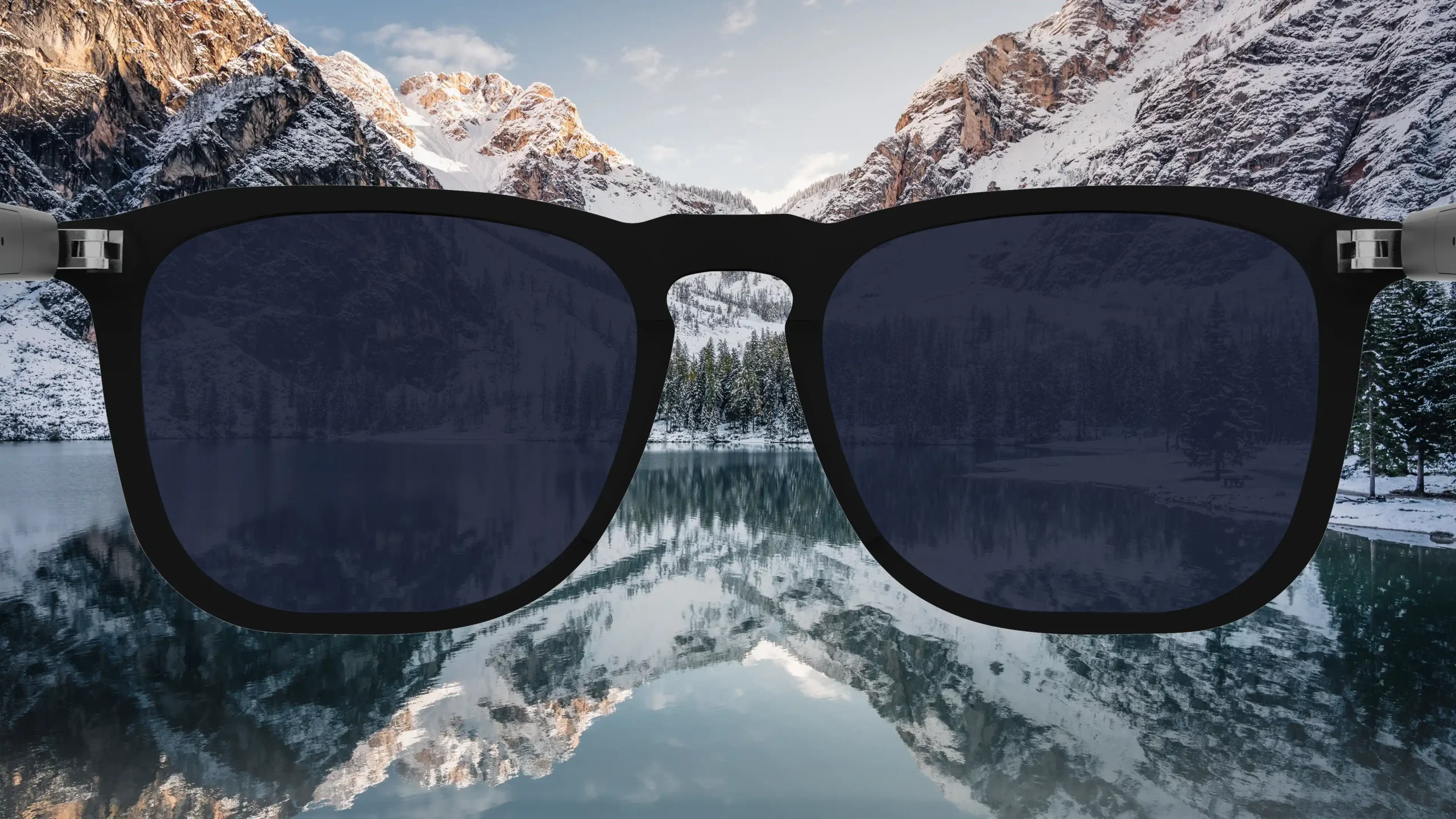
* The images shown are closer to the visual representation and the color tone may vary slightly than the images shown.


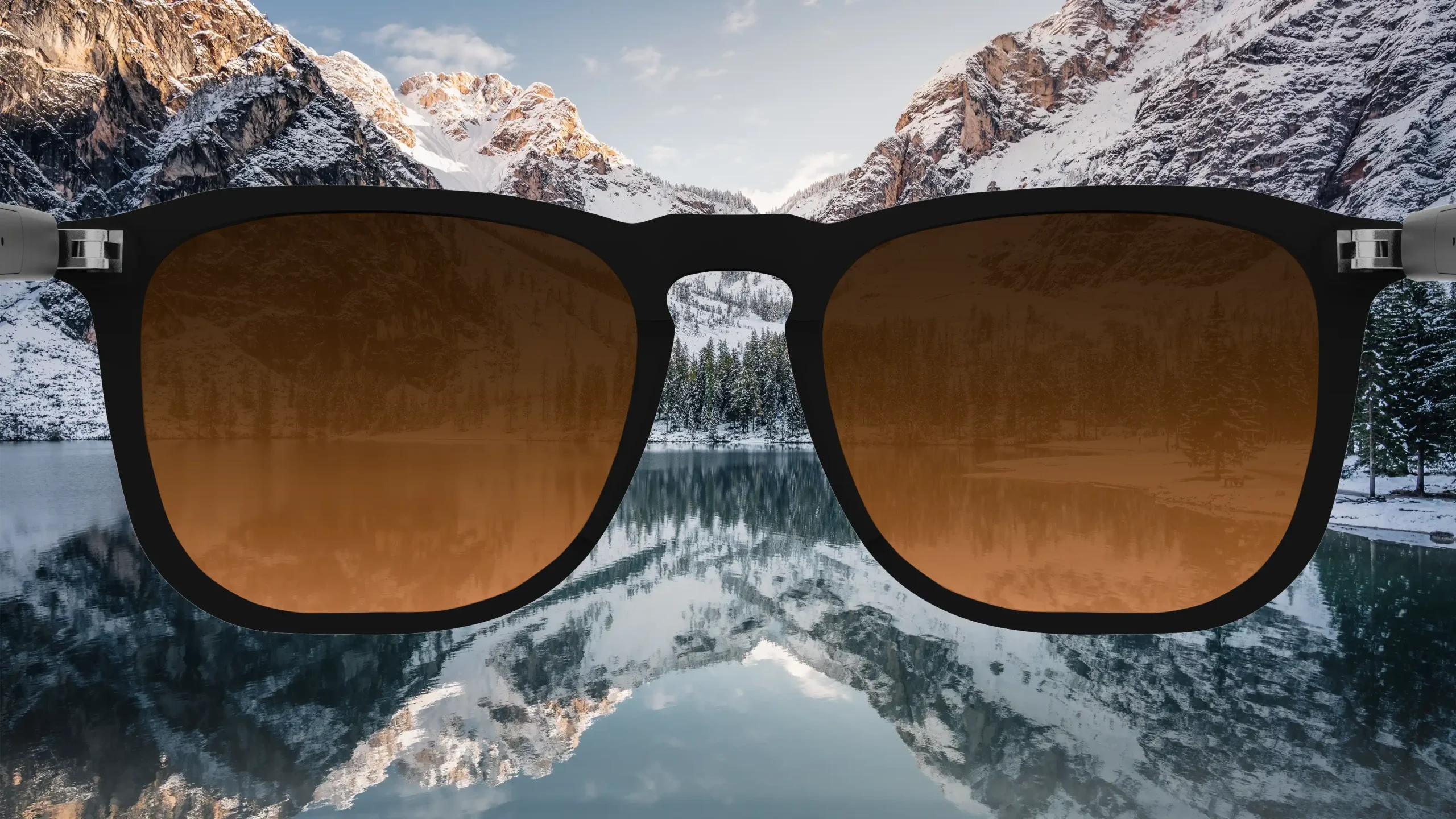
* The images shown are closer to the visual representation and the color tone may vary slightly than the images shown.


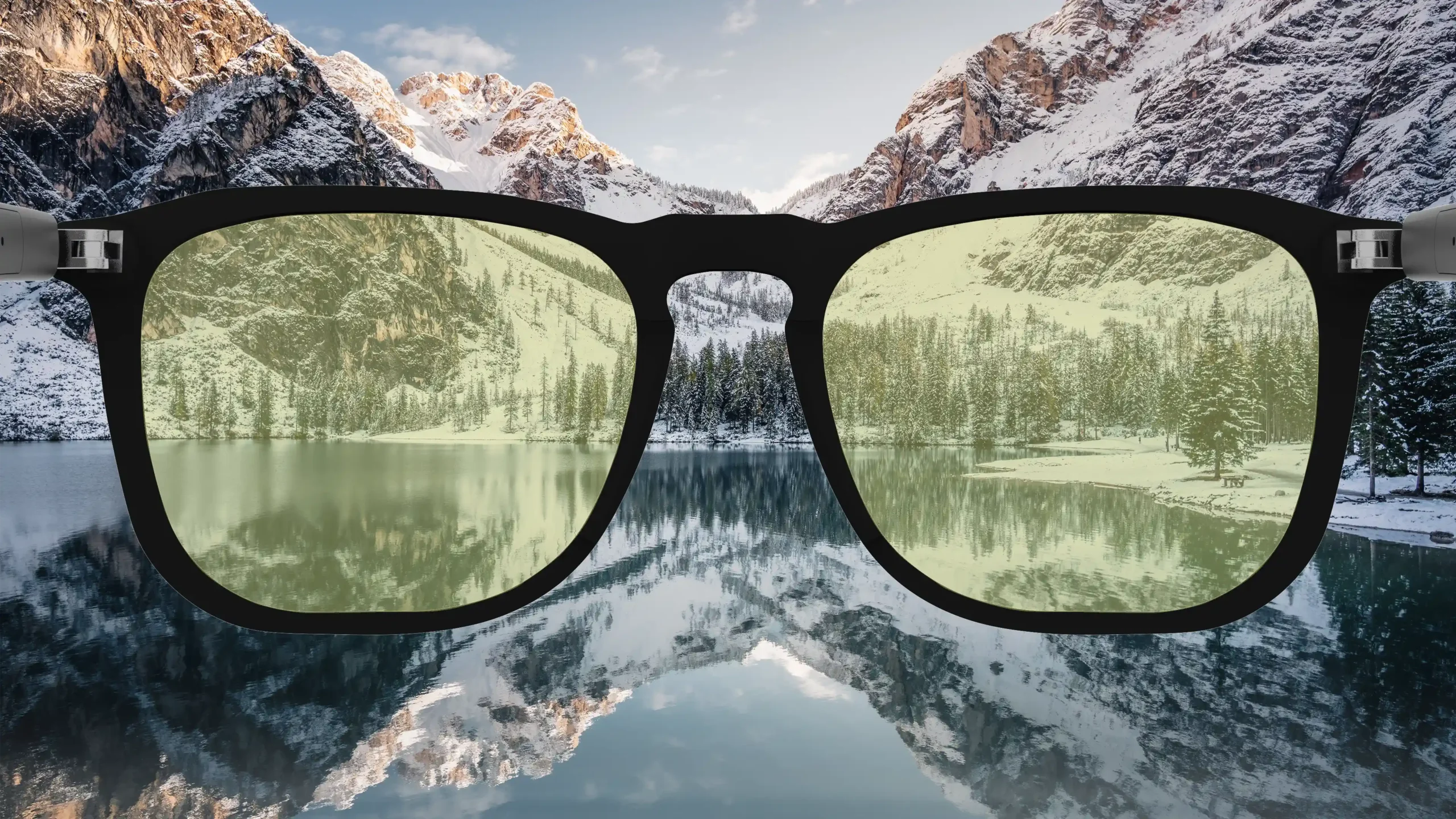
* The images shown are closer to the visual representation and the color tone may vary slightly than the images shown.


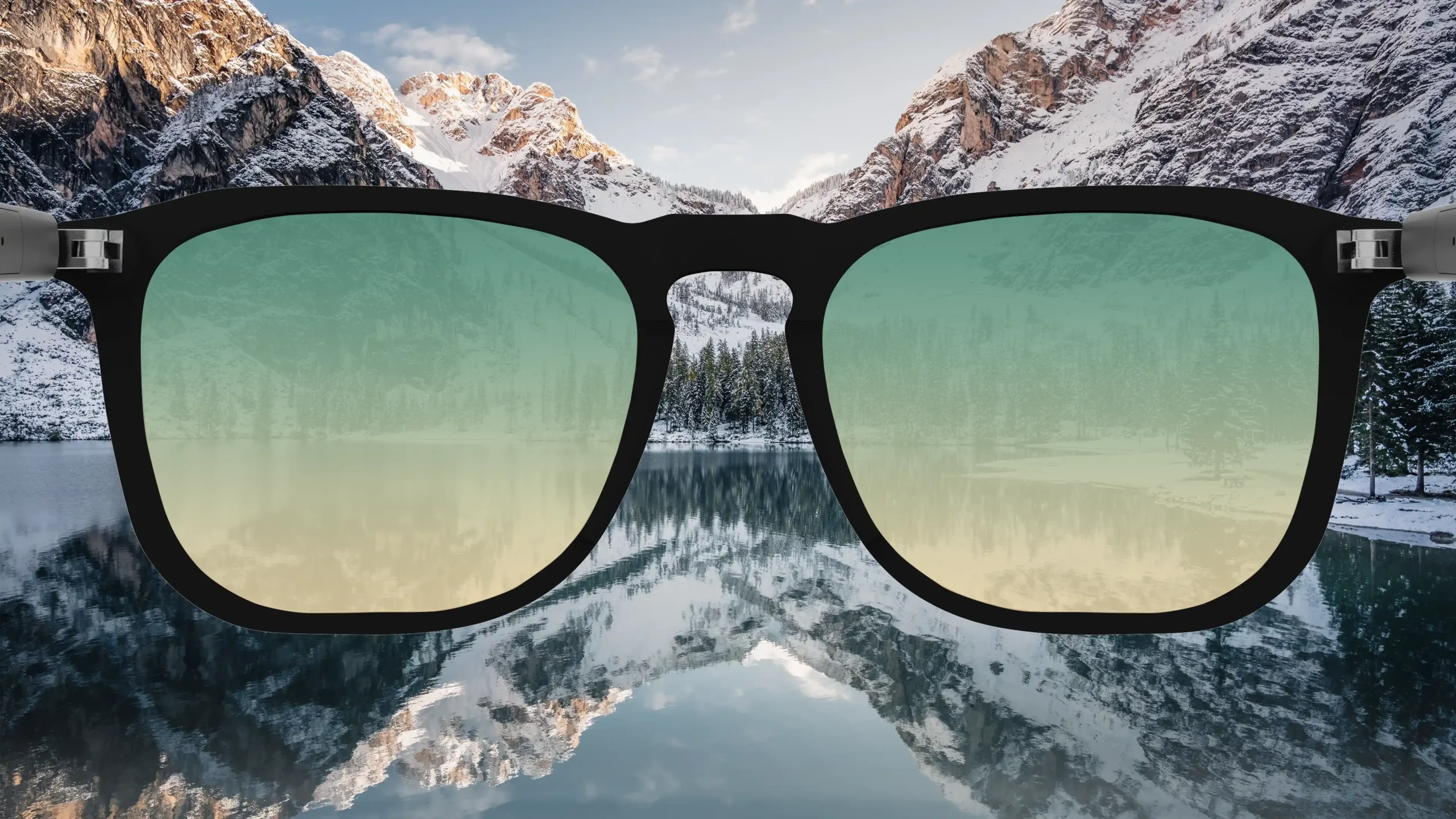
* The images shown are closer to the visual representation and the color tone may vary slightly than the images shown.


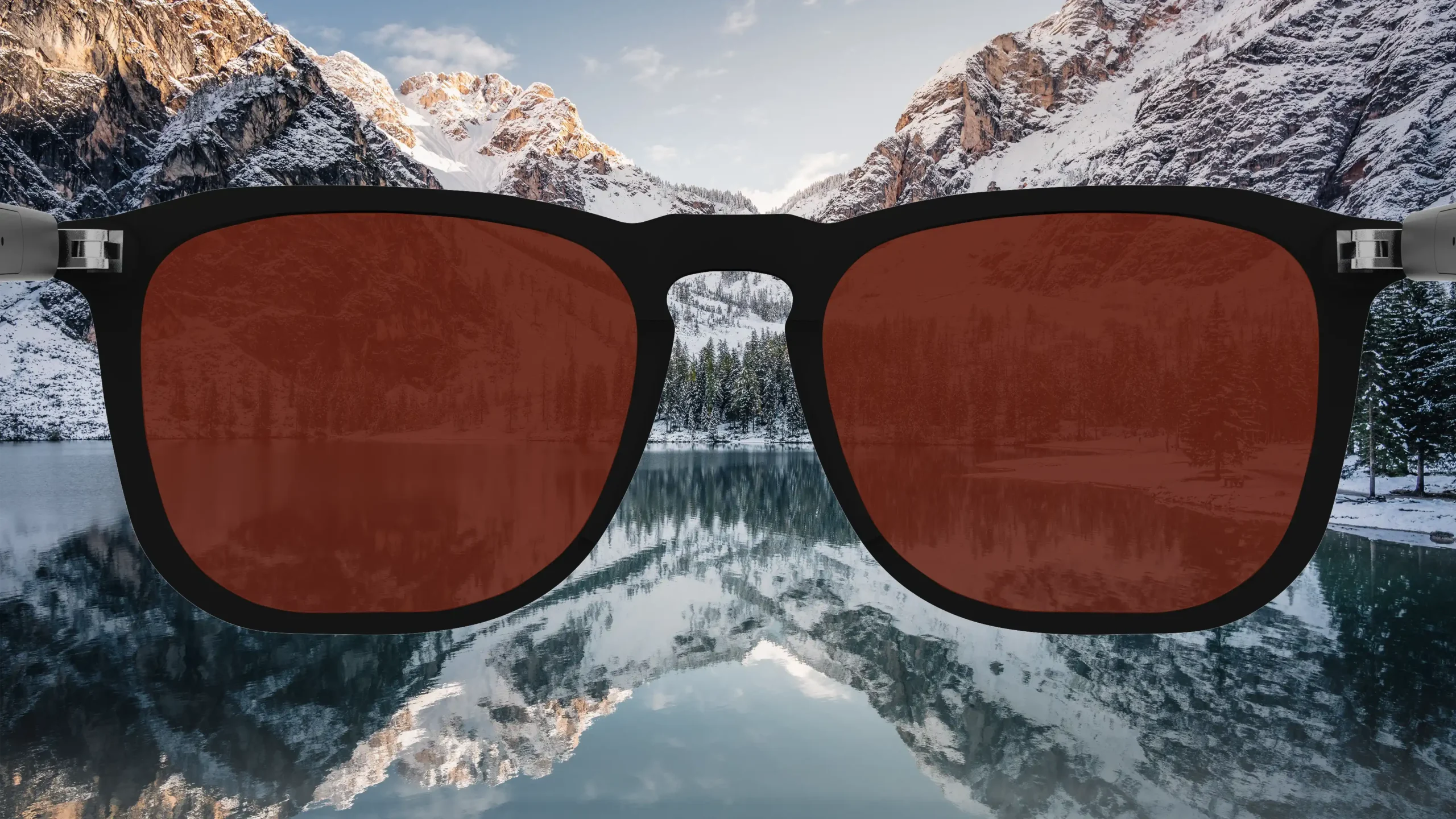
* The images shown are closer to the visual representation and the color tone may vary slightly than the images shown.


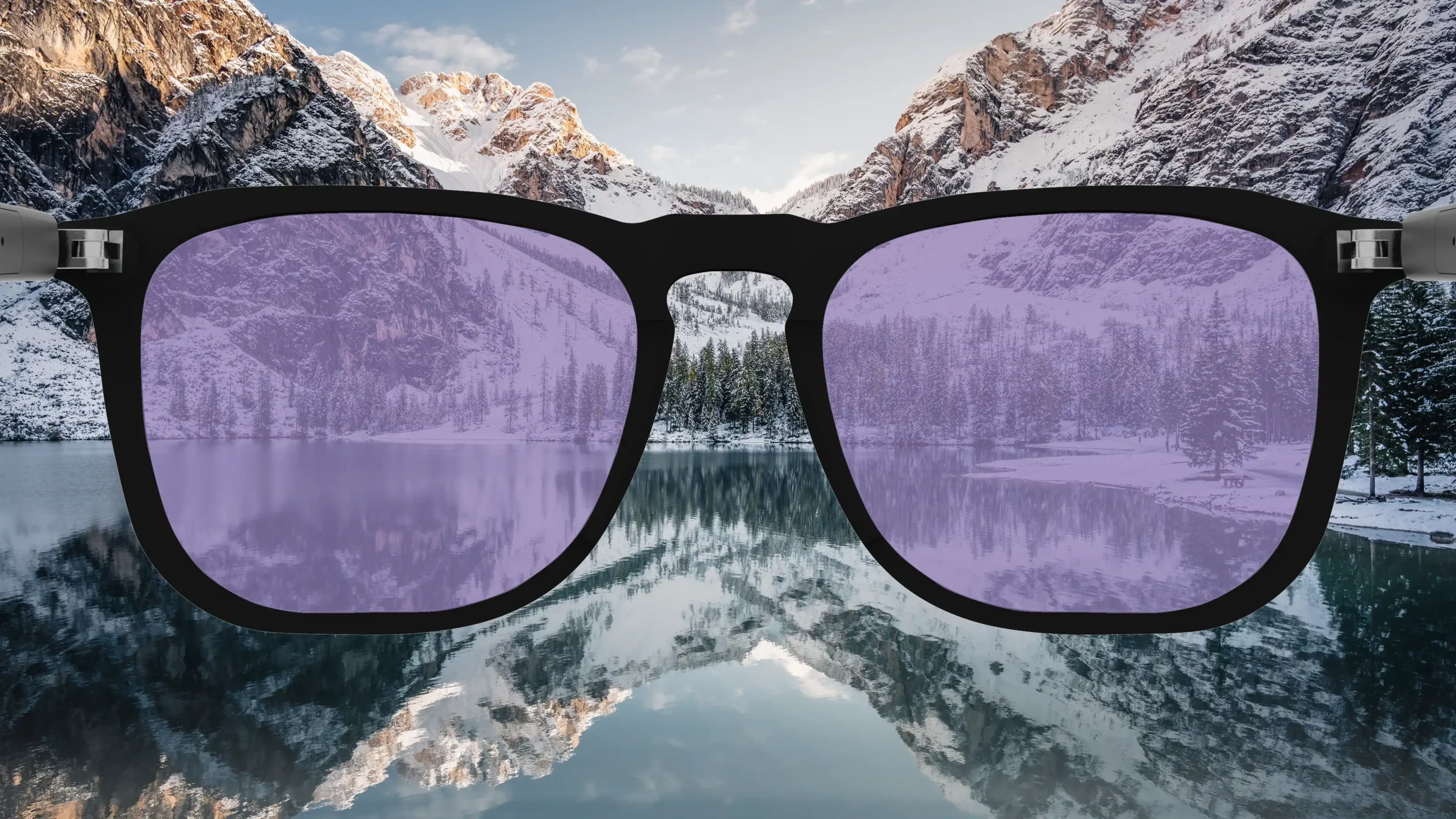
* The images shown are closer to the visual representation and the color tone may vary slightly than the images shown.


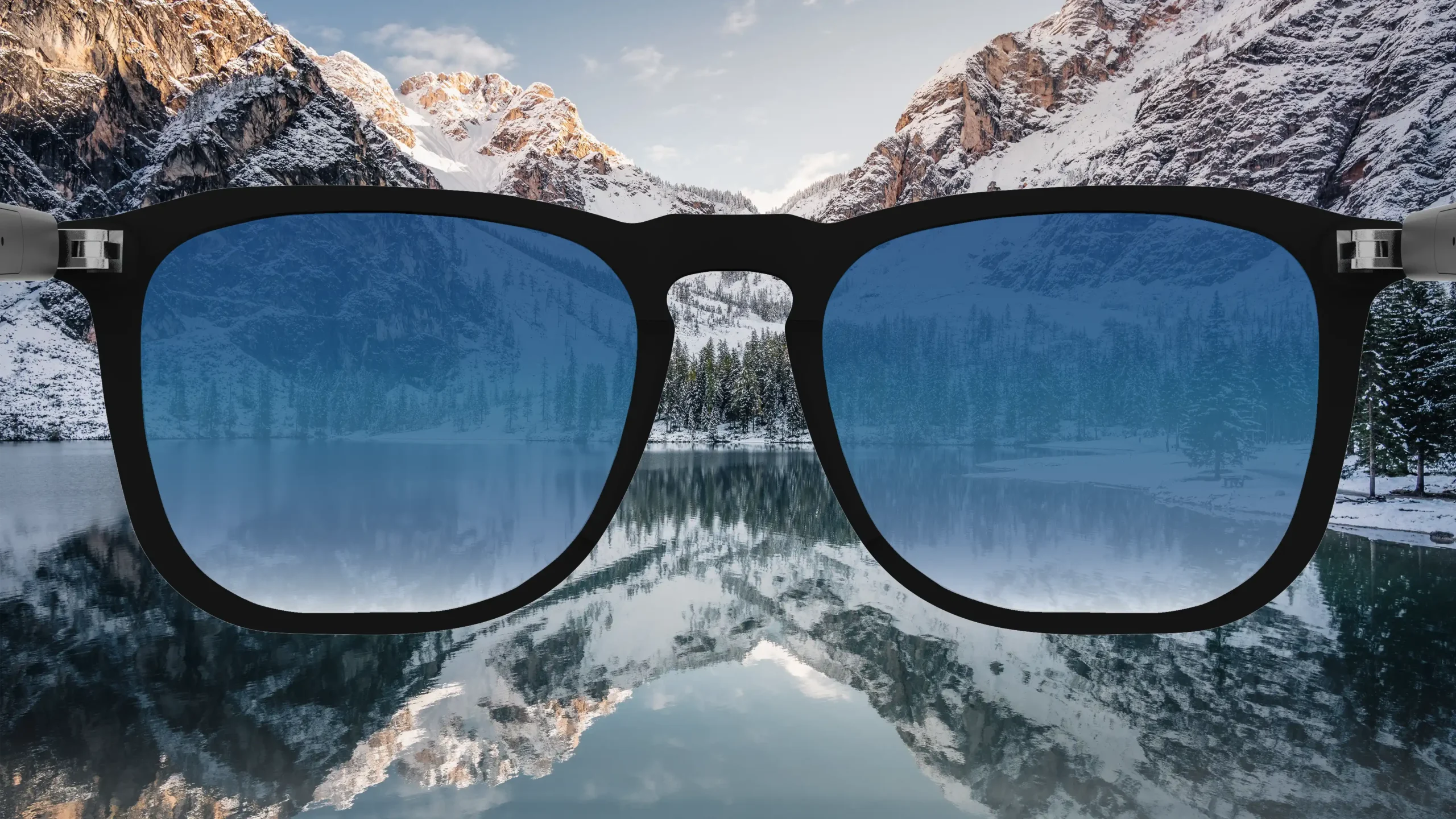
* The images shown are closer to the visual representation and the color tone may vary slightly than the images shown.


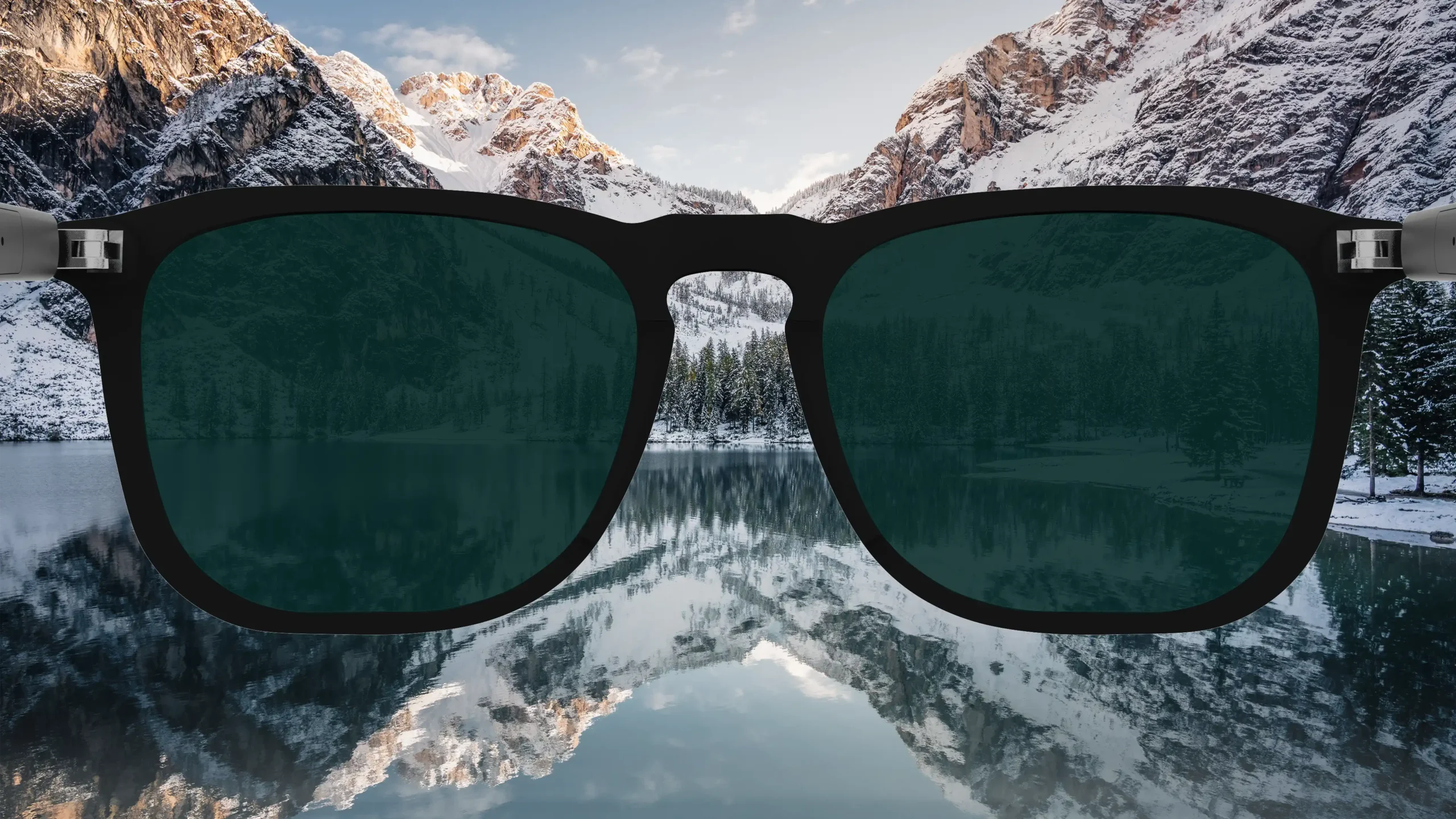
* The images shown are closer to the visual representation and the color tone may vary slightly than the images shown.


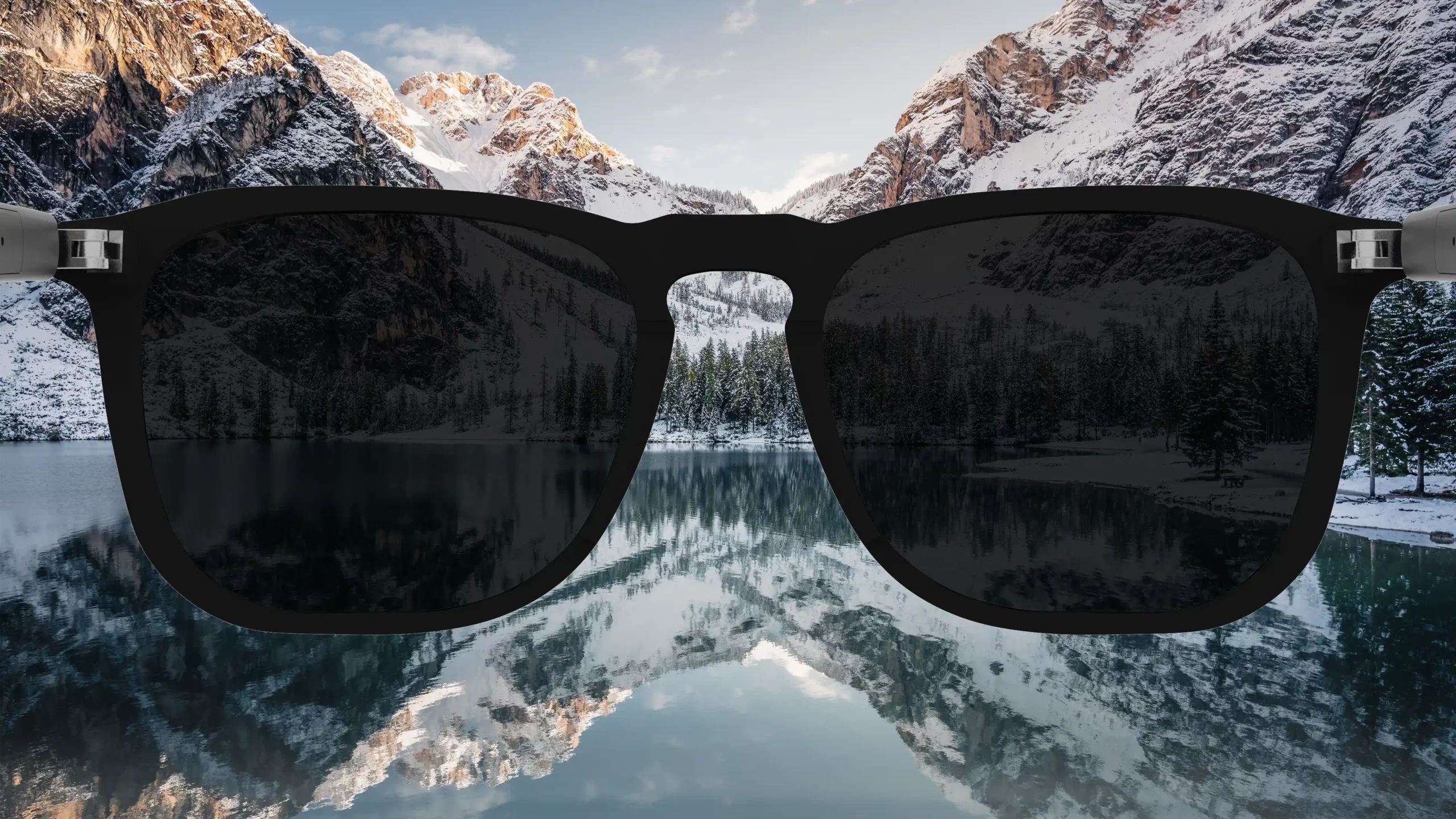
* The images shown are closer to the visual representation and the color tone may vary slightly than the images shown.


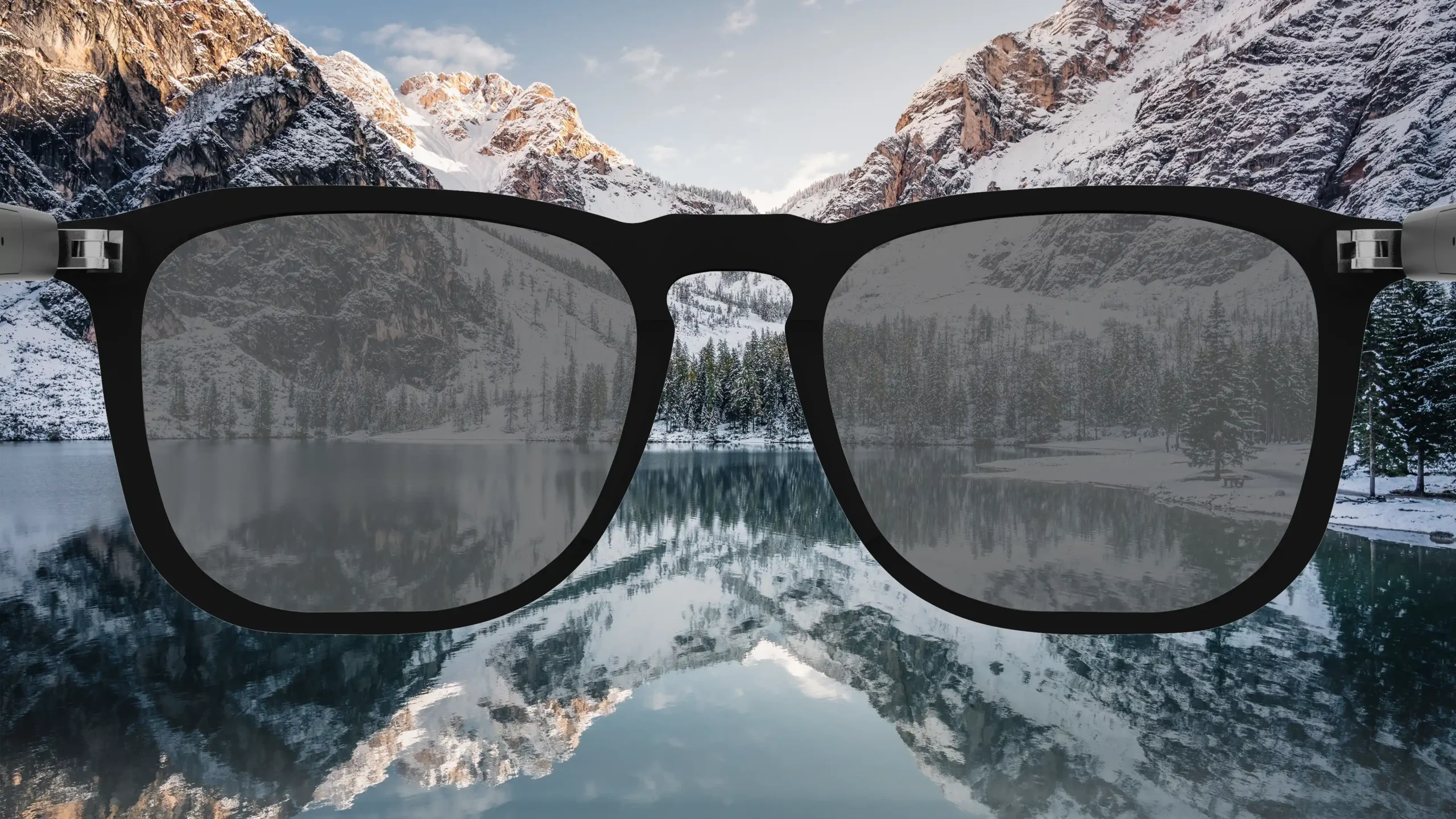
* The images shown are closer to the visual representation and the color tone may vary slightly than the images shown.


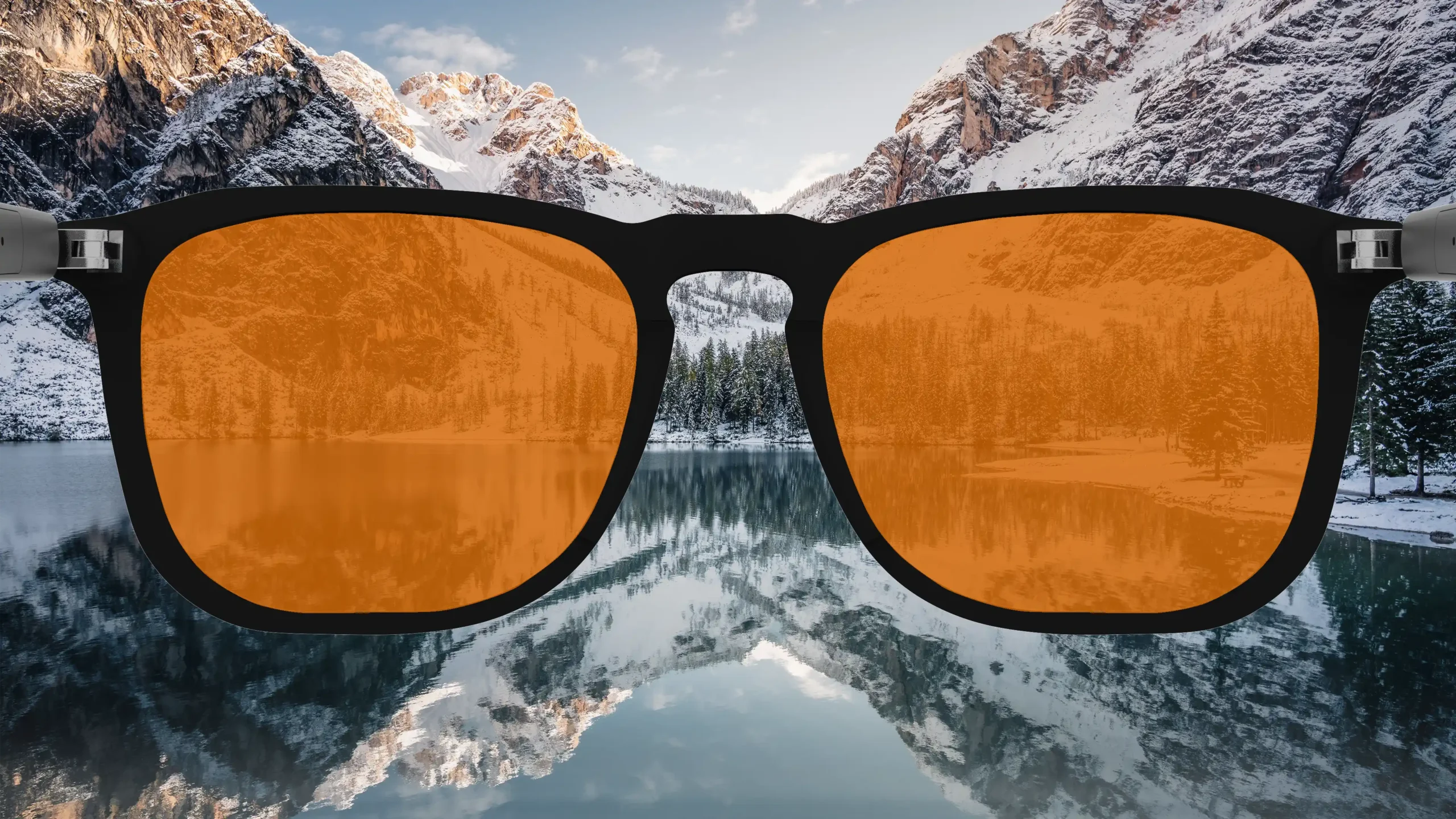
* The images shown are closer to the visual representation and the color tone may vary slightly than the images shown.


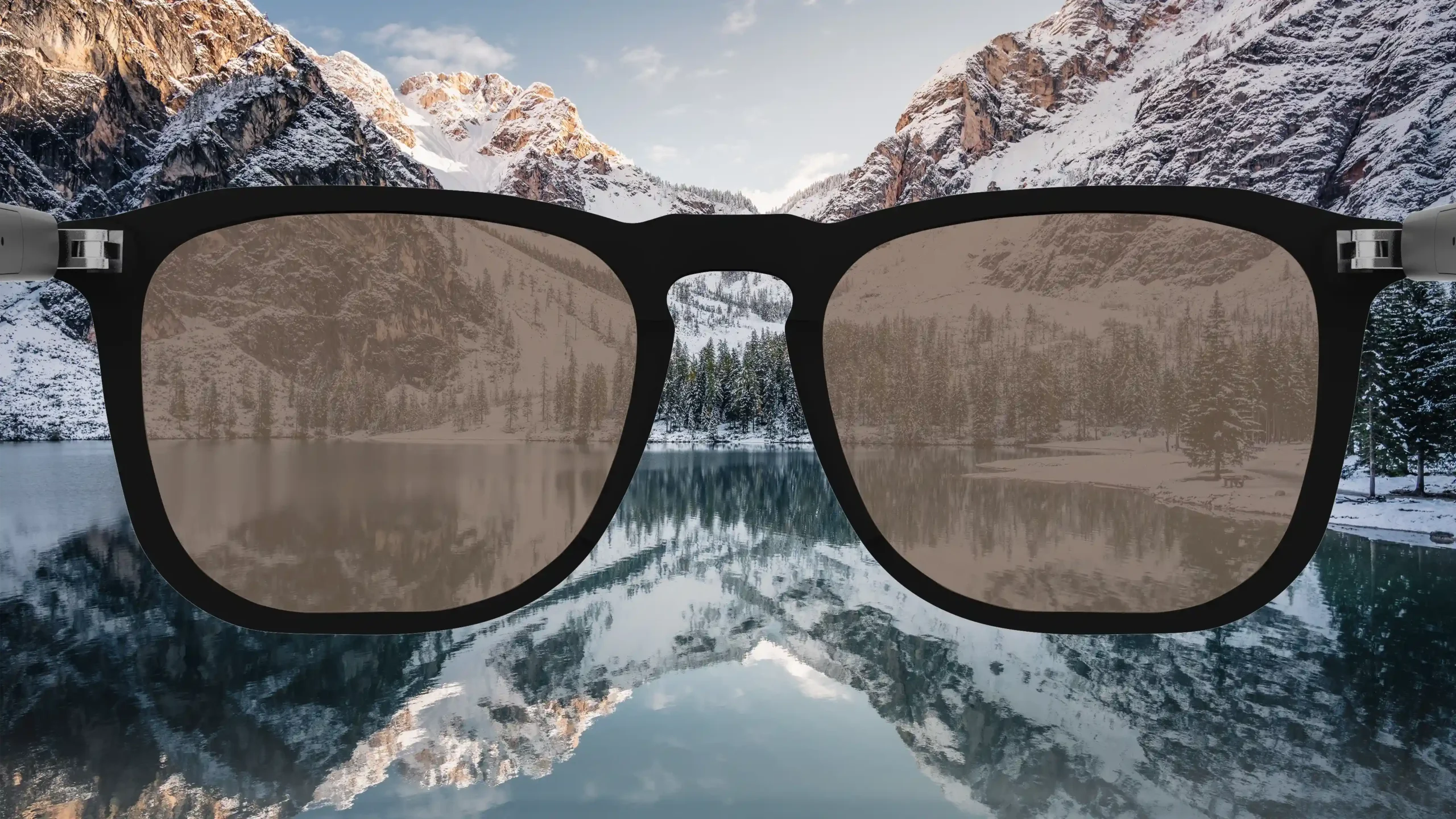
* The images shown are closer to the visual representation and the color tone may vary slightly than the images shown.

They mean the same thing: the strength of your prescription. If you're nearsighted you will have a minus (-) before your values, and if you’re or farsighted you will have a plus (+).
This is for people with astigmatism. This is when one part of the eye needs more correction than the rest. The Cylinder value is written with a minus (-) sign.
This is only for people with astigmatism. The axis is a number between 0 and 180 and determines the orientation of the Cylinder (CYL).
This mainly applies if you have Progressive or Bifocal power. This mainly specifies the near spherical power or for presbyopia. Incase you want only near power, you can fill in AP value as per your prescribed details.
If you have only one PD value above 50, then please divide that by 2 & fill in both
eyes equally. For example for 64 PD value, Fill it with 32 and 32 for Right and Left.
In case doctor has specified these separately for each eye, you can fill them separately.

You can leave the input box empty if you don’t have them in your vision correction details.